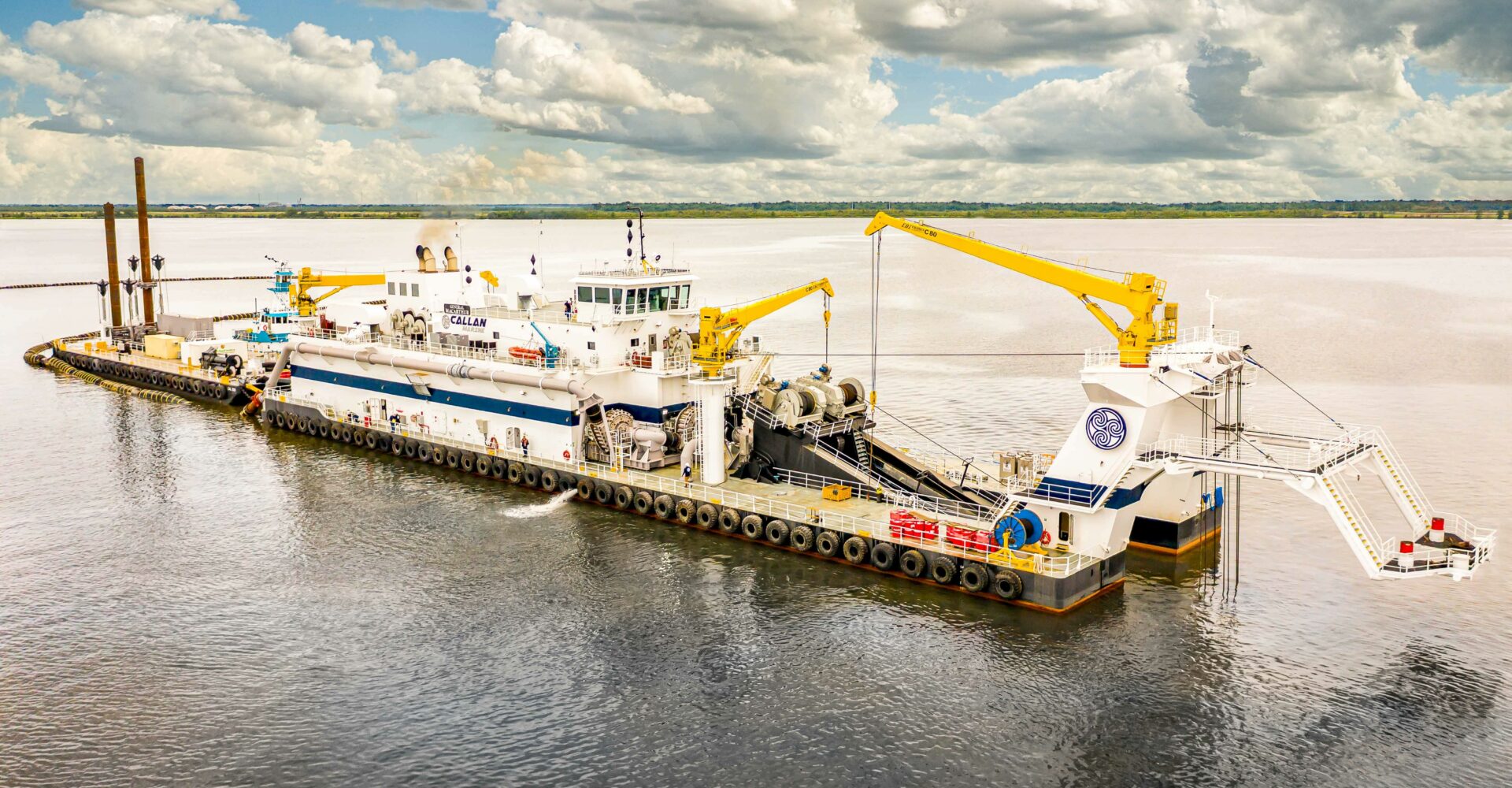Improving Visitor Experience Amidst Construction
Dredging for slip and channel improvements typically involves the removal of sediment, debris, and other material from the bottom of waterways to deepen or widen them. This process is crucial for maintaining navigable channels, accommodating larger or more ships, and improving the overall safety and efficiency of maritime traffic. Here’s how it connects with various aspects of managing visitor experiences and contractor coordination:
- Communication: Regularly update visitors about ongoing dredging projects through multiple channels such as websites, social media, emails, and on-site signage. This keeps them informed about what to expect and reduces surprises upon arrival.
- Noise and Visual Disturbance Management: Implement measures like scheduling dredging activities during less busy visitor hours or using noise barriers. For visual disturbances, aesthetic considerations like installing decorative screens or art displays can help shield unsightly construction scenes.
- Alternative Attractions: Provide information on alternative attractions or quieter areas to visit, away from construction noise and disruptions. This helps in distributing visitor traffic and enhancing their overall experience despite the disturbances.
Coordinating with Contractors for Safe and Maximized Access
- Clear Access Routes: Work with contractors to ensure that access routes for ferries, seaplanes, and private boats are clearly marked and maintained throughout the project. This might involve temporary docks or adjusted docking locations to keep pathways clear.
- Safety Protocols: Establish strict safety protocols in coordination with contractors. This includes clear signage for restricted areas, having safety personnel on site, and conducting regular checks to ensure compliance with all safety measures.
- Scheduling and Logistics: Coordinate the timing of dredging activities to minimize overlap with peak visitor hours. Consider using real-time updates or a scheduling system accessible by both contractors and tourism operators to synchronize operations efficiently.
- Emergency Response Plan: Develop and disseminate a comprehensive emergency response plan that includes scenarios related to dredging activities. Ensure all stakeholders, including staff, contractors, and emergency services, are familiar with the procedures.
- Feedback Mechanism: Set up a feedback mechanism for visitors to report any concerns related to construction activities. This allows for immediate action and adjustments as necessary, ensuring ongoing improvement in managing the impact on visitors.
By implementing these strategies, you can mitigate the negative impacts of dredging and construction activities on visitors while ensuring that the necessary improvements to slips and channels are accomplished efficiently and safely.
